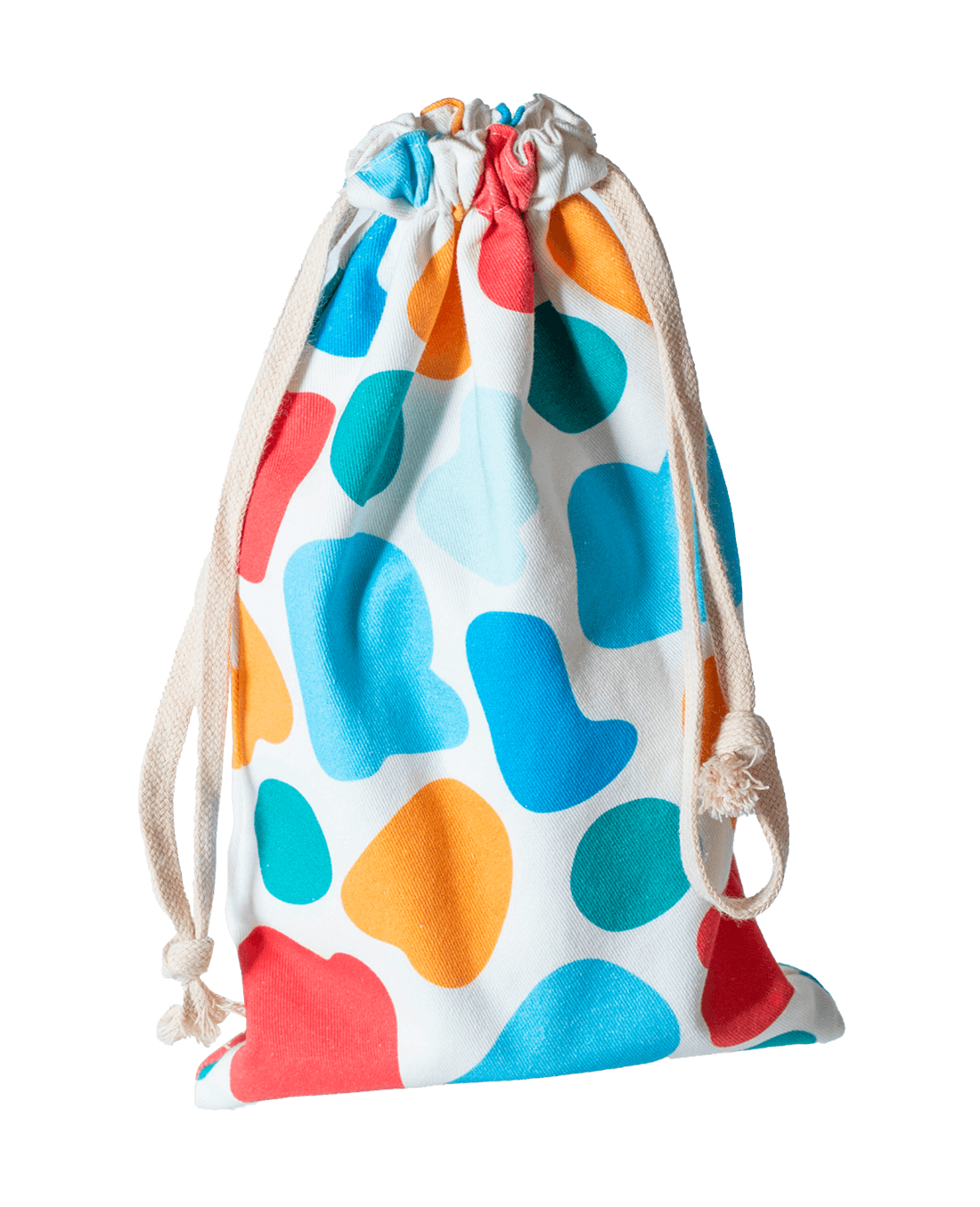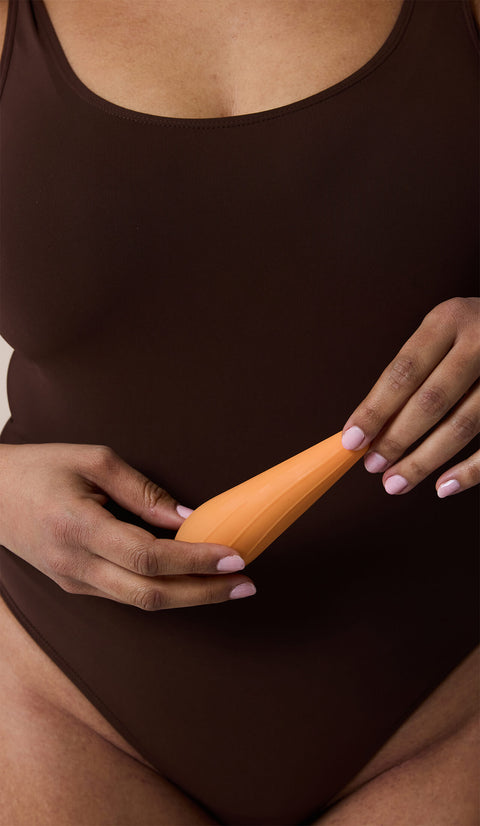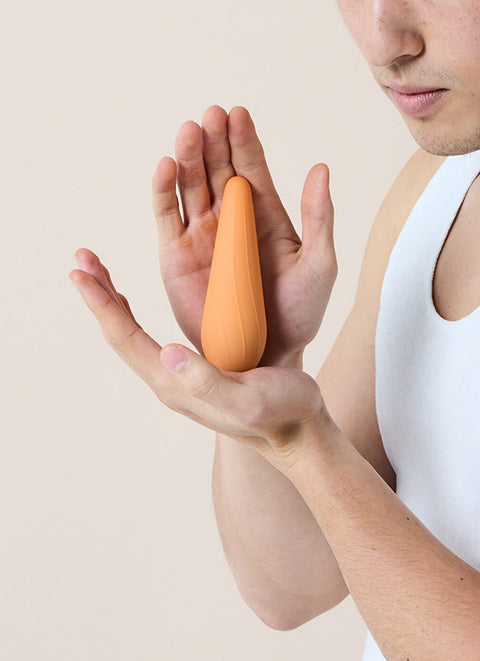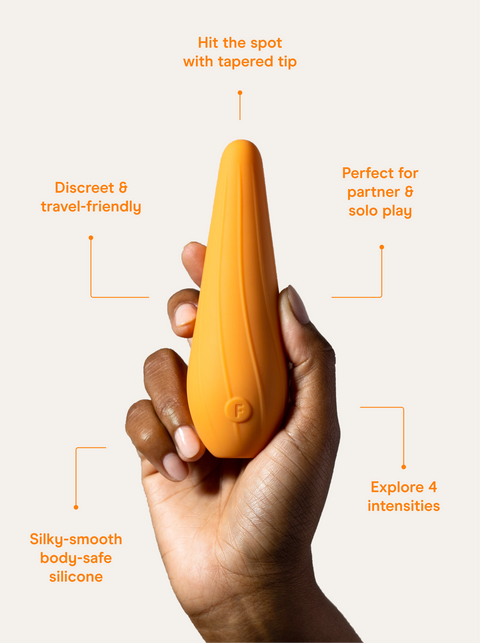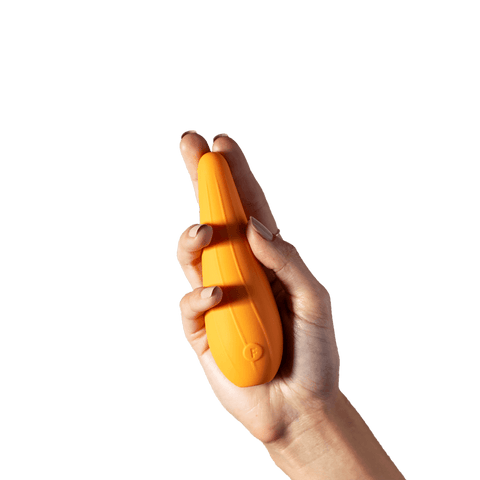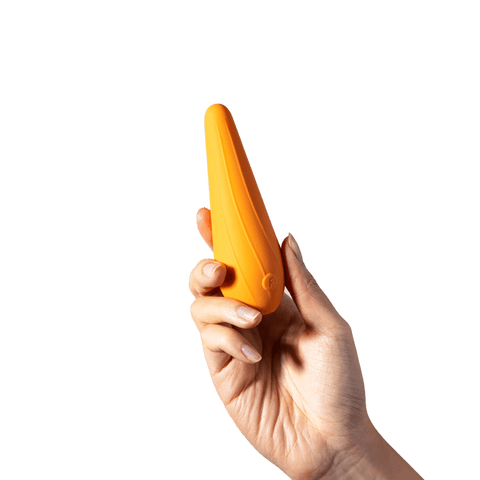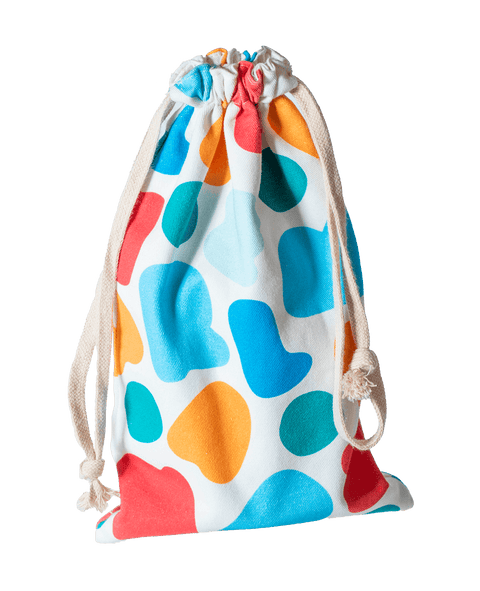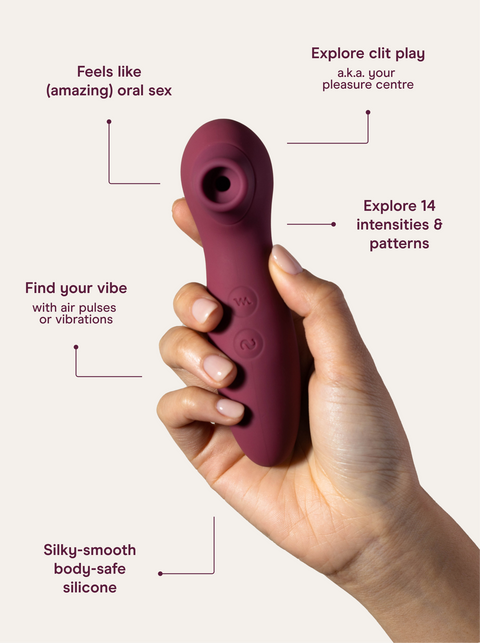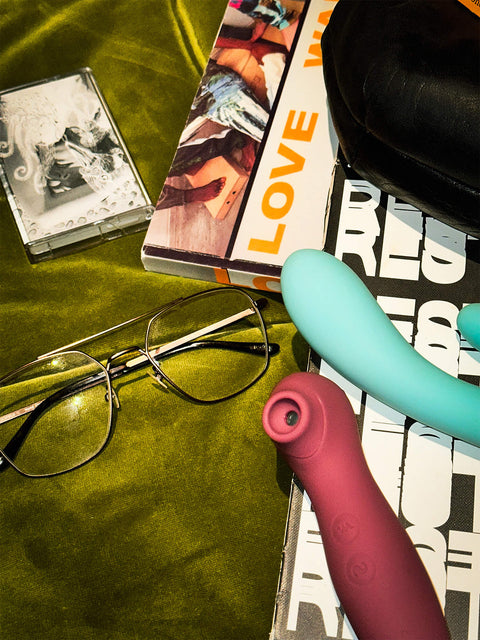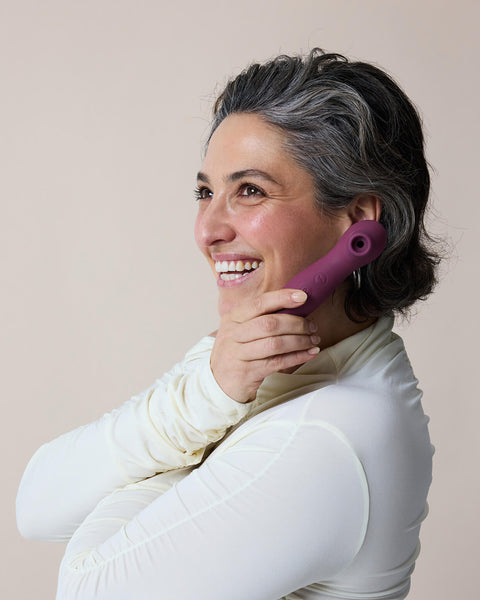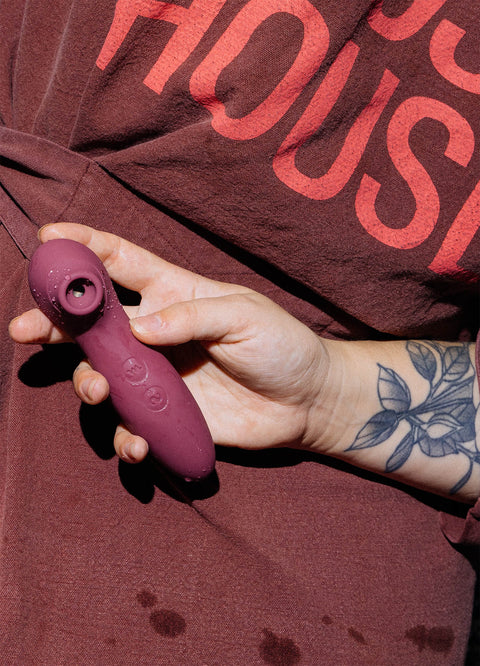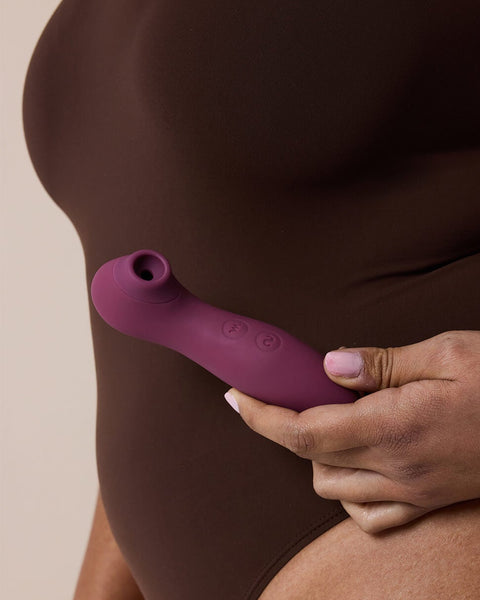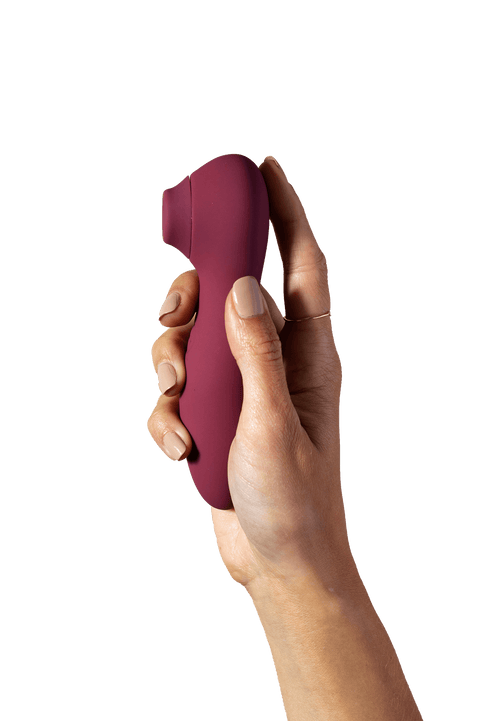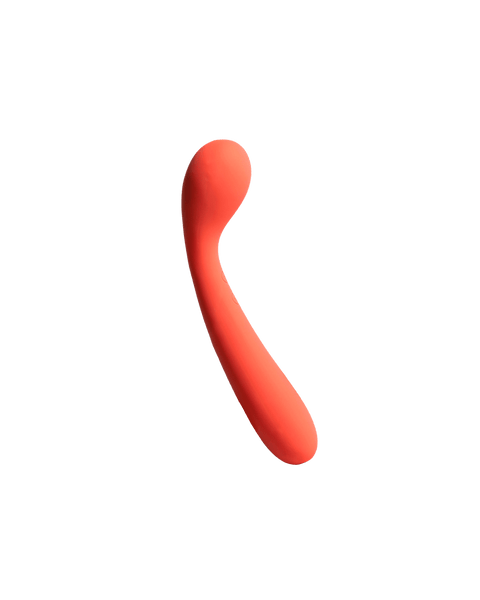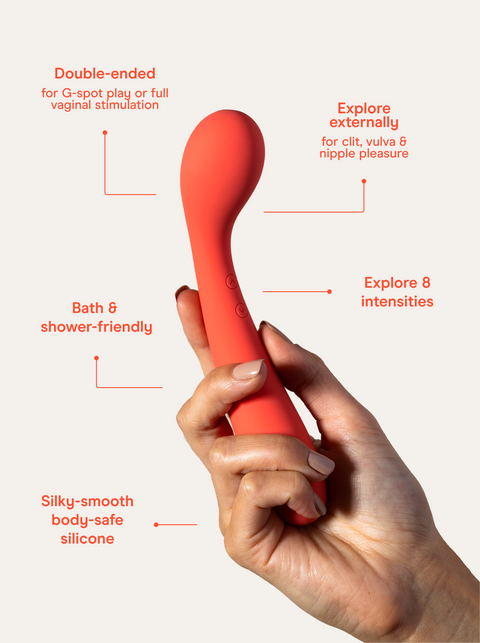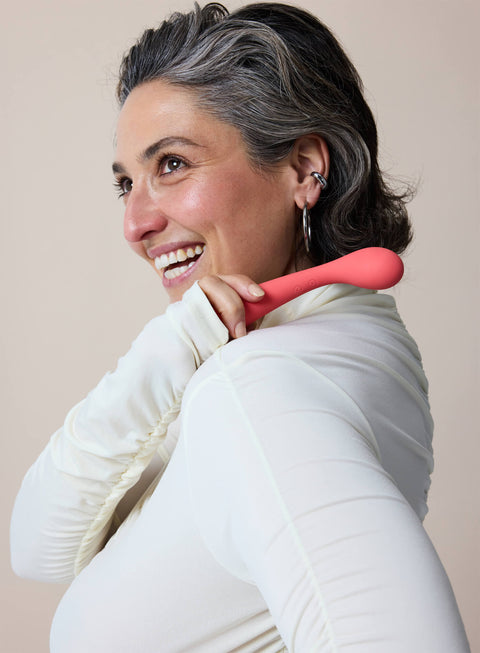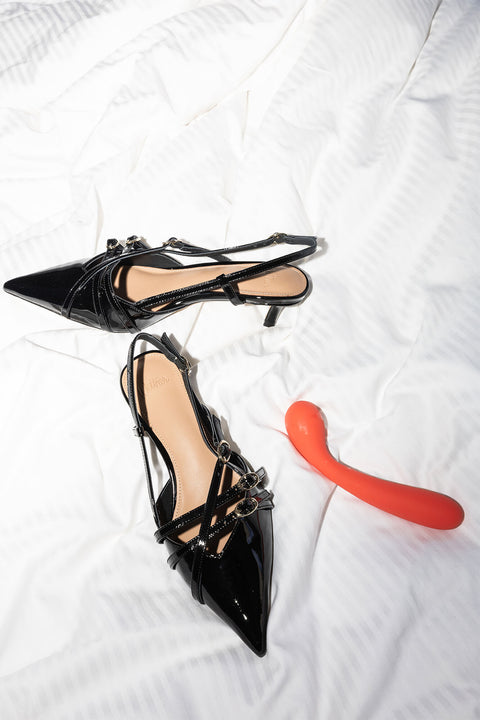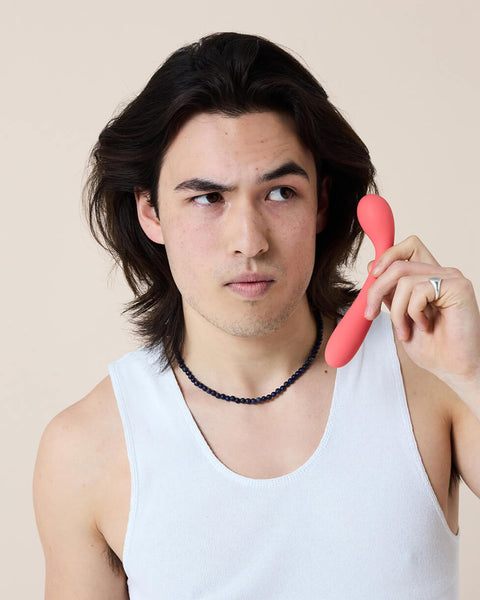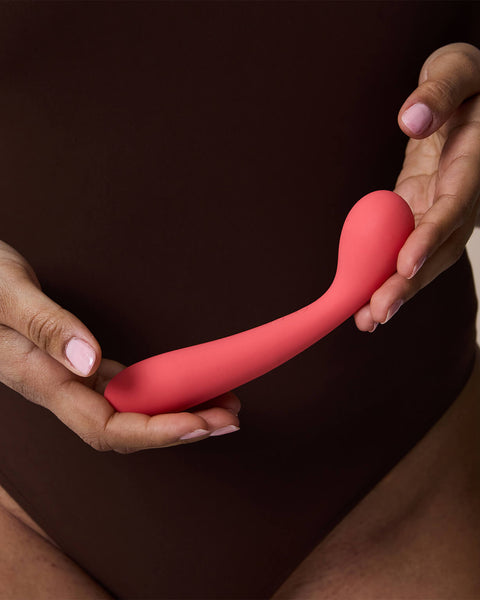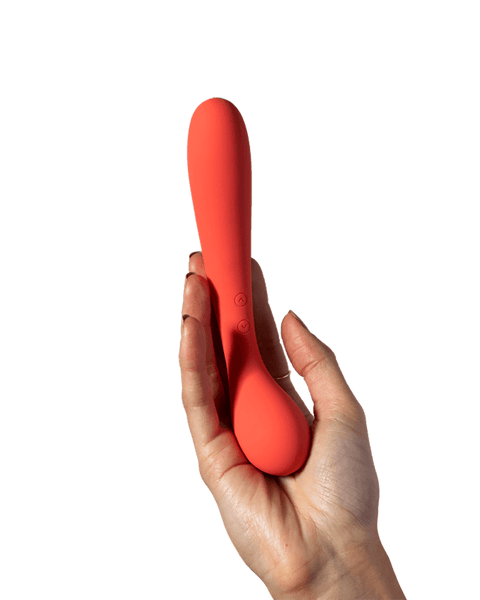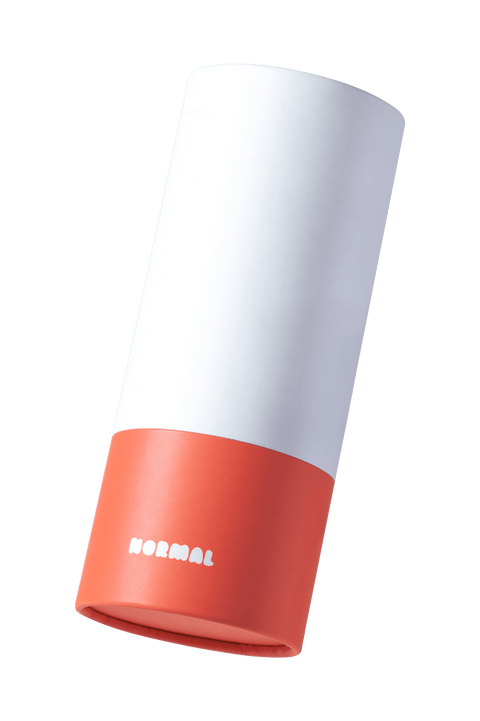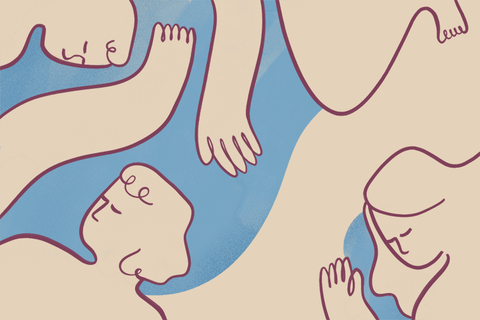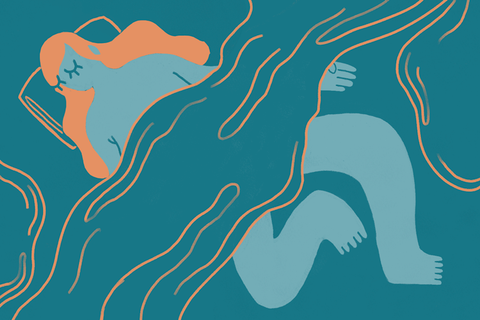This guide is part of the Body Confidence Course, a free video series where acclaimed sex coach Georgia Grace and psychologist Rashida Dungarwalla share the insights and exercises they use to help their clients build more body confidence every day.
We now want to introduce you to two terms: confirmation bias, and negativity bias.
Both Rashida and Georgia address these biases frequently in-session, and understanding how—and why—these biases arise can be really helpful. But first—what exactly are they?
A negativity bias is something we are all susceptible to. It’s the experience of focusing on the negative rather than the positive information, outcome, news, or feedback around us. For example, it might be noticing something you disliked about your body in a shop window reflection on a Monday morning and then hearing your inner critic being loud for the rest of the week. You might be putting in the effort to stay neutral in your thoughts towards your body, however you keep looping back to remember this image and thought from Monday, causing you to ruminate on it and wipe out any of the other positive feelings you had about your body that week. A negativity bias is formed in an attempt to keep us alert of negative or threatening information, and to protect ourselves from it.
Similarly, we’re all susceptible to a confirmation bias. It’s our tendency to scan our environment and ‘cherry pick’ bits of information out to confirm what we believe/ think. For example, if we buy a new outfit and one person says they don’t really like it while everyone else says they love it, we might focus on the one negative comment and start thinking, “Oh, I knew it wasn’t a good look”. Again, this is formed to try and keep us ‘safe’ at all times—but it is unhelpful when our core beliefs or narratives are unhelpful or harsh towards ourselves.
We find CBT (Cognitive Behavioural Therapy) Theory really useful when addressing emotions that feel negative. Some common strategies or tools you might learn if you’re practising CBT are:
- Challenging negative thoughts with neutral or positive ones (for example: ‘I know I often feel like my body is ‘too big’, but it’s also pretty strong. I’m grateful for that. Everyone’s bodies are different sizes, and mine is no better or worse than anyone else’s.)
- Attempting to find evidence for thoughts that arise from irrational thinking, or overthinking (for example: ‘Is anyone really staring at me today? I know it feels that way, but I can’t actually see anyone looking…’)
To complement these kinds of strategies, it’s important to start bringing awareness back to the body. Take these steps slowly, and pay attention to the way it makes you think and feel:
- What feels safe in your body right now?
- What are you noticing—what sounds, feelings, and scents are you aware of?
- What does your body need right now? Are you hungry, tired, thirsty, sore, too hot or too cold? Do you need a hug, soothing touch, or to move or to take a deep breath?
Next up, we’ll have some exercises for you that might help to address and re-configure emotions that we often experience as unpleasant or negative.
If you found this helpful, you should consider exploring the whole course here, as well as subscribing to our email list below and following our Instagram @normalco.
